Why Older Homes Benefit from Foundation Insulation Upgrades
Living in an older home has its charm — high ceilings, thick trim, and the kind of character you just don’t see in new builds. But there’s one “feature” no one brags about: ice-cold floors in the winter and musty smells in the basement. If your toes freeze every time you walk barefoot or your heating bill looks like it’s funding the power company’s holiday party, the problem might start in the foundation.
A lot of older houses were built before foundation insulation was even a thing. That means heat escapes, cold air sneaks in, and moisture has more opportunities to creep up from below. Upgrading foundation insulation isn’t just about comfort — it’s about protecting the structure, improving energy efficiency, and making the home healthier to live in.
Why Foundation Insulation Matters in Older Homes
The investment isn’t just about warmth — it’s about creating a more efficient, healthier living environment. Once the foundation is insulated, every room feels more comfortable, and the whole house benefits from the added protection, especially when handled by expert foundation insulation services.
How Heat Escapes Through the Foundation
Foundations made from stone, brick, or bare concrete act like giant heat sinks. They absorb warmth from the house and release it into the cold ground. In summer, the opposite happens: they pull in ground moisture and humidity, creating a damp environment.
The Chain Reaction of Poor Foundation Insulation
Lack of insulation doesn’t just raise energy bills. It creates a ripple effect: floors stay cold, basements become damp, indoor air quality drops, and structural elements are exposed to long-term moisture damage.
Fun fact: According to building science data, an uninsulated basement can account for up to 20% of total home heat loss — the equivalent of leaving a small window open year-round.
Common Problems in Older Home Foundations
Before deciding on insulation upgrades, it’s important to understand what’s already happening in the structure.
Moisture Intrusion
Older foundations often lack proper moisture barriers. Without insulation, they let in water vapor that can condense inside the basement or crawl space.
Air Leaks and Drafts
Small cracks in masonry or around sill plates act like wind tunnels, letting cold air in and warm air out.
Uneven Temperatures
Rooms above uninsulated basements or crawl spaces feel noticeably colder than the rest of the house, especially in winter.
Best Insulation Options for Retrofitting Old Foundations
When upgrading, the goal is to improve both thermal resistance and moisture control. Some materials work better than others in older structures.
| Insulation Type | Thermal Performance | Moisture Resistance | Retrofit Suitability |
|---|---|---|---|
| Rigid Foam Board | High | Excellent | Great for interior/exterior applications |
| Spray Foam | High | Excellent | Ideal for sealing irregular surfaces |
| Mineral Wool | Moderate | Good | Works well in ventilated crawl spaces |
| Fiberglass Batts | Low in damp areas | Poor in moisture-prone zones | Limited in foundations |
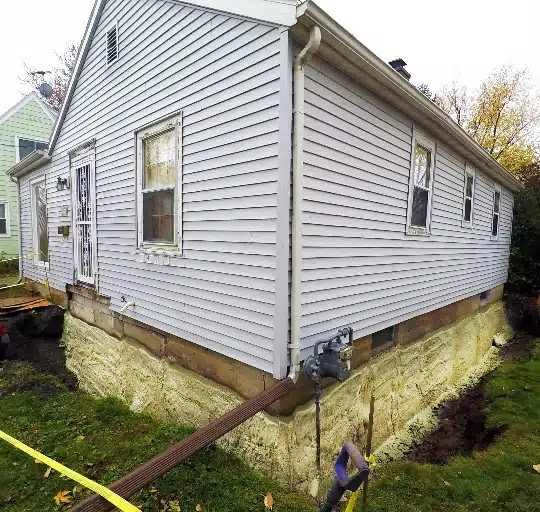
Rigid Foam Board for Reliable Thermal and Moisture Control
Rigid foam board is one of the most common retrofit solutions for foundation walls. It offers high R-values per inch, resists moisture, and can be installed on either side of the foundation wall.
Interior Installation Advantages
Placing foam boards on the inside of the basement walls makes them easier to install in older homes without major excavation.
Exterior Installation Benefits
Exterior foam board provides a continuous thermal break and helps protect the foundation from freeze-thaw cycles.
Spray Foam for Hard-to-Insulate Areas
Spray foam is ideal for foundations with irregular surfaces or hard-to-reach spaces.
Benefits in Older Foundations
It seals air gaps and adds a moisture barrier in one step, which is especially valuable in basements with uneven stone or brick walls.
Fun fact: Closed-cell spray foam has one of the highest R-values of any insulation — about R-6.5 per inch.
Steps to Upgrade Foundation Insulation in Older Homes
Upgrading foundation insulation is more than just sticking material to the wall — it’s a process that involves moisture control, sealing, and selecting the right materials.
Step 1: Address Moisture Issues First
Any leaks or signs of water intrusion should be handled before insulation is installed. Otherwise, trapped moisture can lead to mold and damage.
Step 2: Seal Air Leaks
Gaps around sill plates, utility penetrations, and wall cracks should be sealed to prevent drafts.
Step 3: Choose the Right Insulation Method
The decision between interior or exterior installation depends on budget, accessibility, and climate.
Common Question: Is It Worth Insulating an Older Home’s Foundation?
Yes — especially if energy bills are high, floors are cold, or the basement feels damp year-round. Proper foundation insulation can improve comfort, reduce heating and cooling costs, and extend the life of the structure by protecting it from moisture damage.
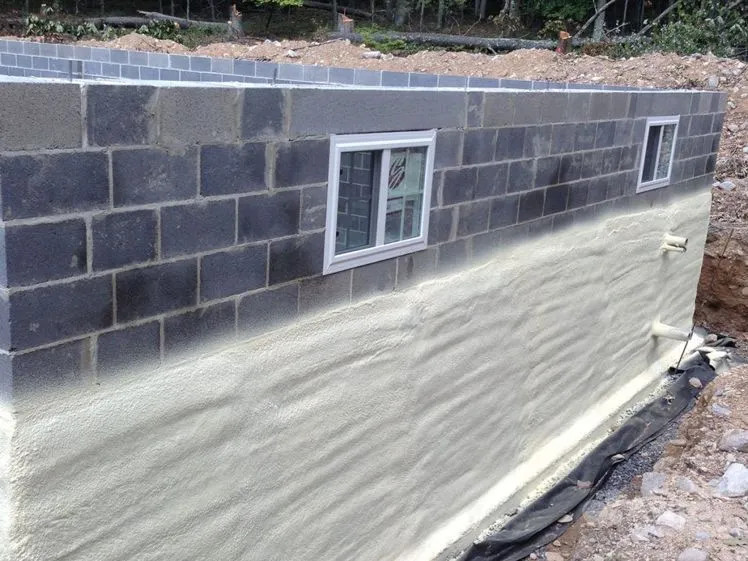
Conclusion
Older homes have character, but that charm shouldn’t come with cold floors and high energy bills. Foundation insulation upgrades tackle a problem that’s often overlooked — the slow, constant energy drain through the base of the house. Whether it’s rigid foam, spray foam, or a combination of methods, adding insulation transforms the home’s comfort level, lowers utility costs, and protects the building from long-term moisture problems.
The investment isn’t just about warmth — it’s about creating a more efficient, healthier living environment. Once the foundation is insulated, every room feels more comfortable, and the whole house benefits from the added protection, especially when handled by experts in foundation insulation services and an expert spray foam insulation company.
FAQs
How much heat loss comes from an uninsulated foundation?
An uninsulated basement or crawl space can account for 15–20% of a home’s total heat loss, especially in colder climates.
What’s the best insulation for an older foundation with uneven walls?
Closed-cell spray foam works well because it seals and insulates in one step, even on rough or irregular surfaces.
Does foundation insulation help with moisture problems?
Yes, certain insulation types like rigid foam and spray foam add a moisture barrier that can help reduce dampness in basements.
Can foundation insulation be installed from the outside without major digging?
Some exterior insulation systems can be added with limited excavation, but complete coverage usually requires digging around the foundation.
Is it better to insulate the inside or outside of an old foundation?
Interior installation is easier for retrofits, while exterior insulation offers better freeze-thaw protection — the choice depends on the home’s condition and climate.
Reviewer: Michael Carter reviewed this article using insight gained over 12 years in the spray foam business. His feedback focused on helping professionals reach new customers without overcomplicating their message.

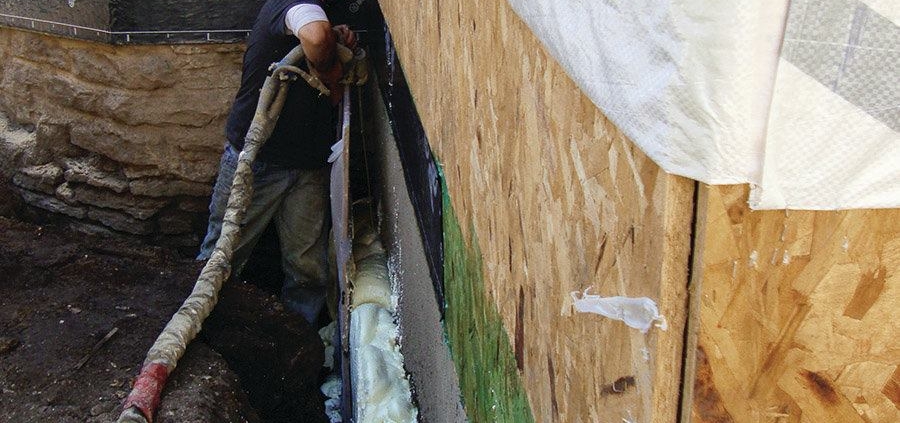

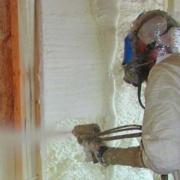
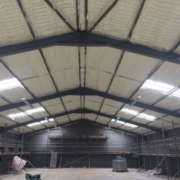



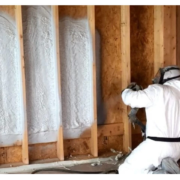
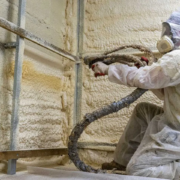
Leave a Reply
Want to join the discussion?Feel free to contribute!